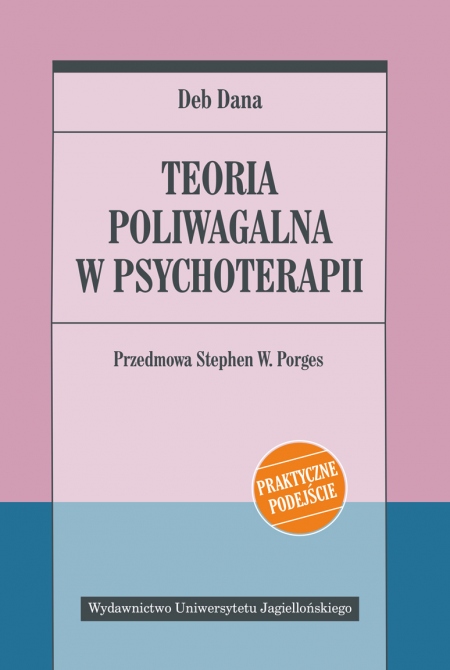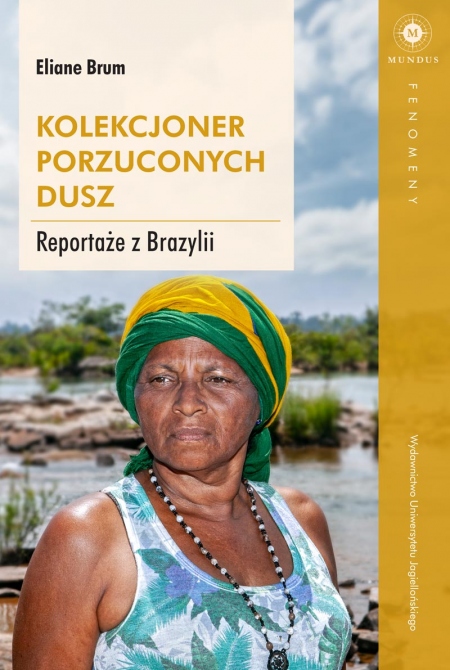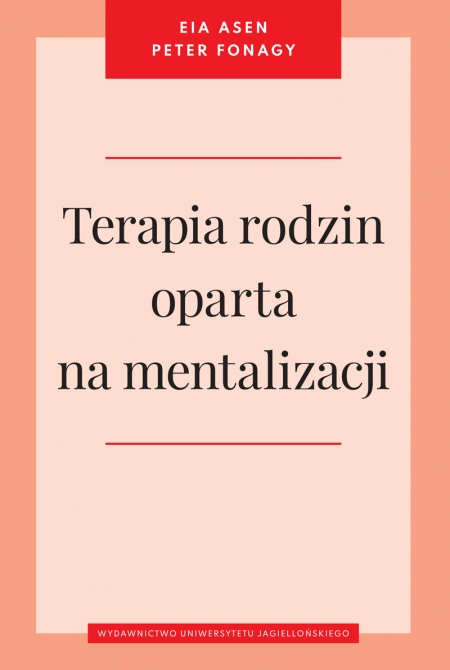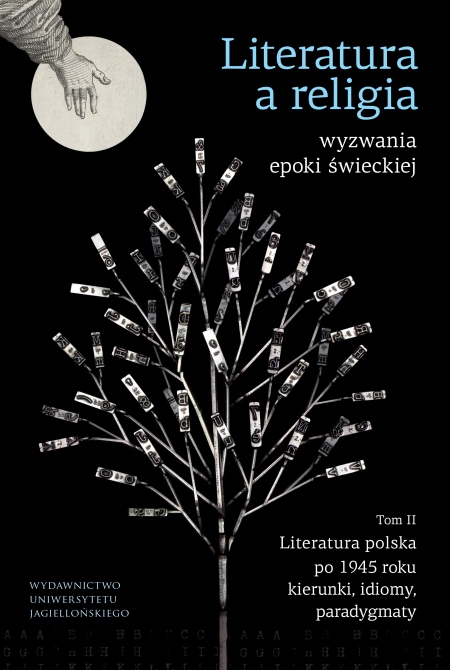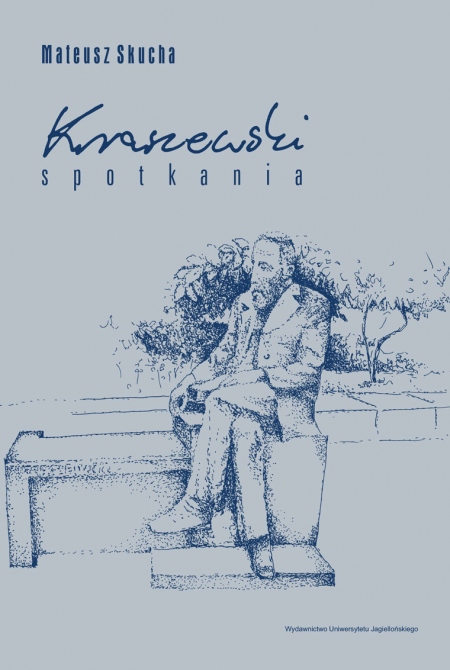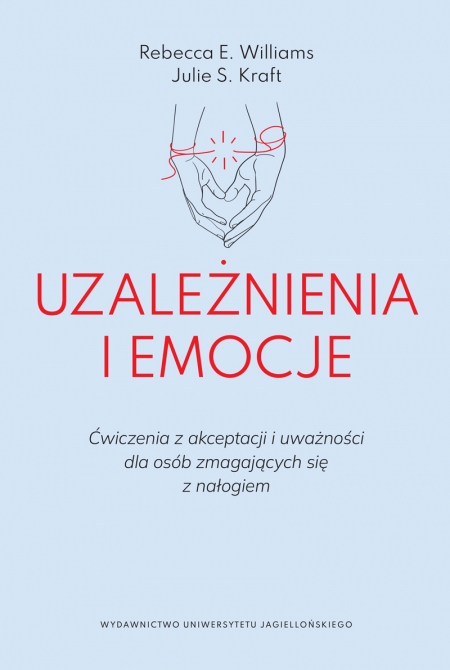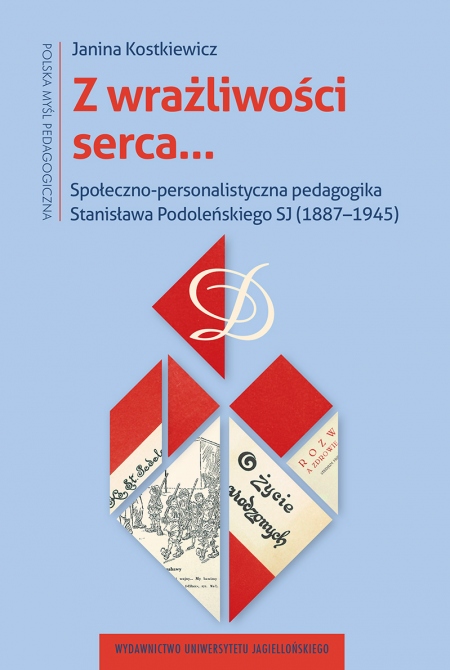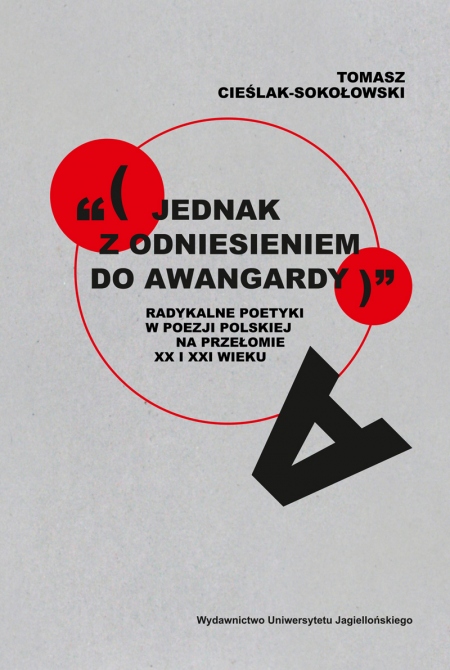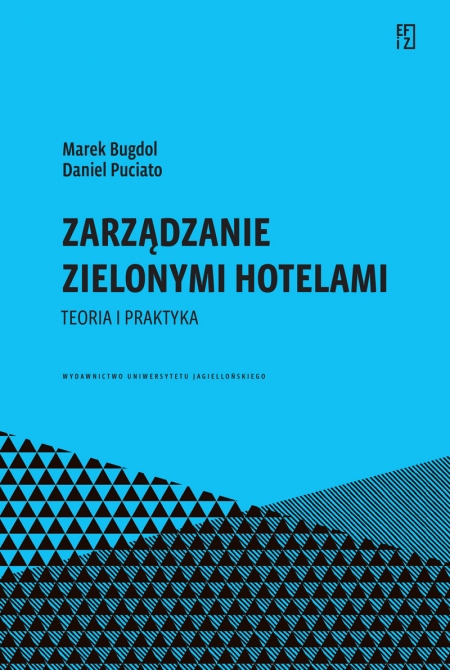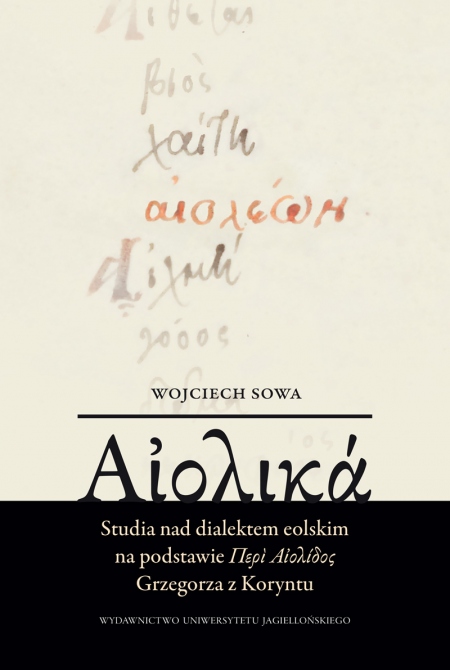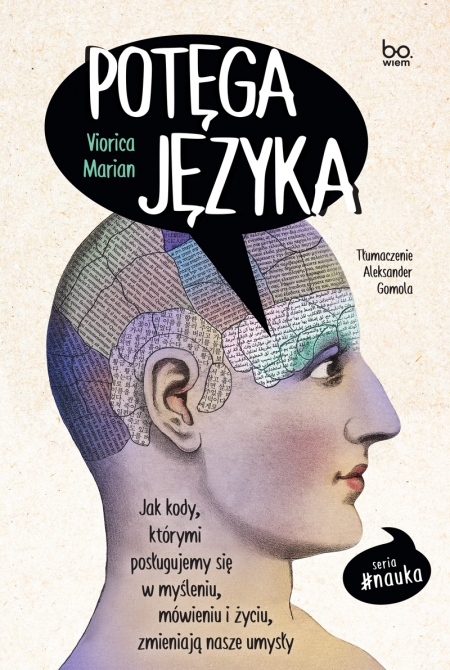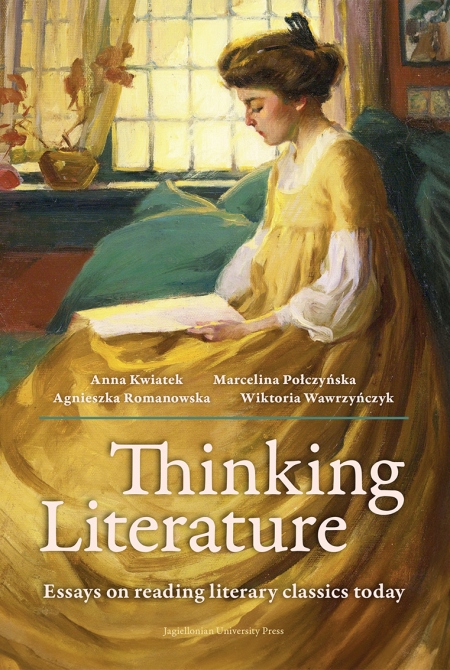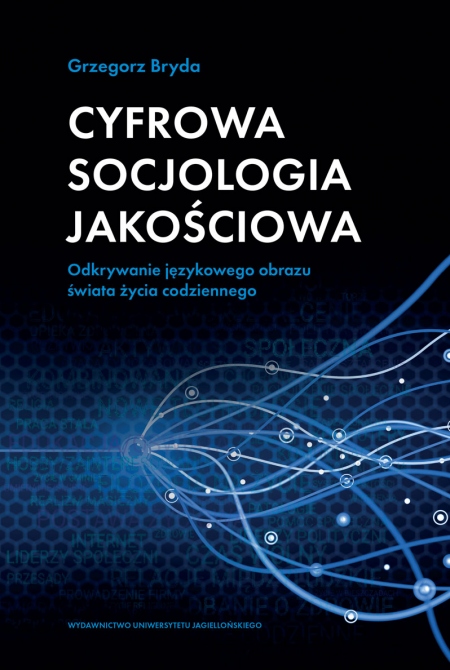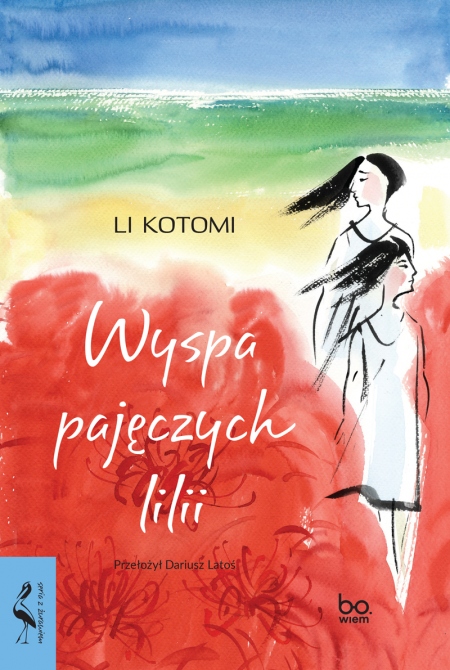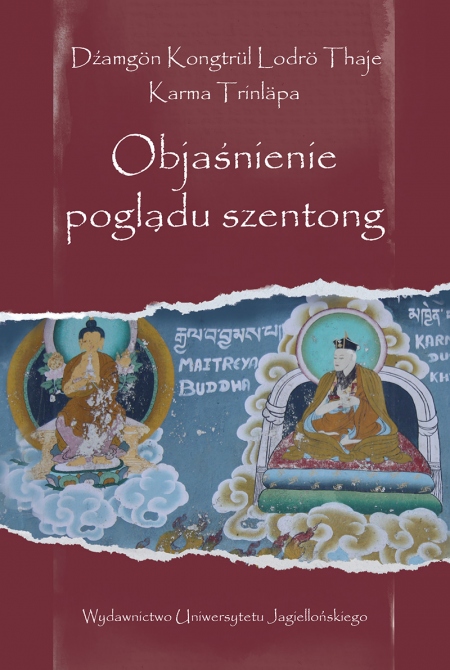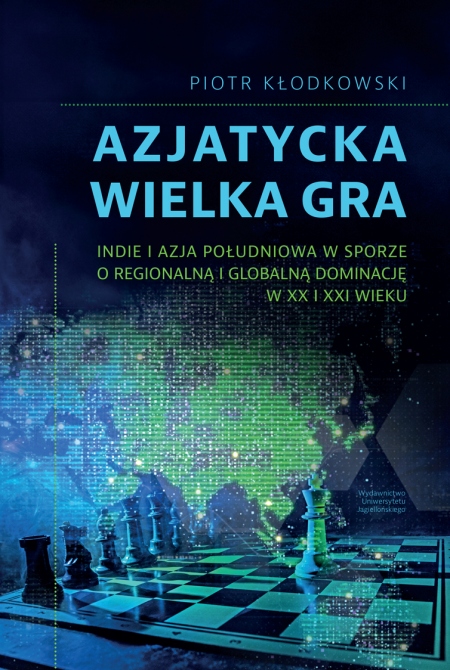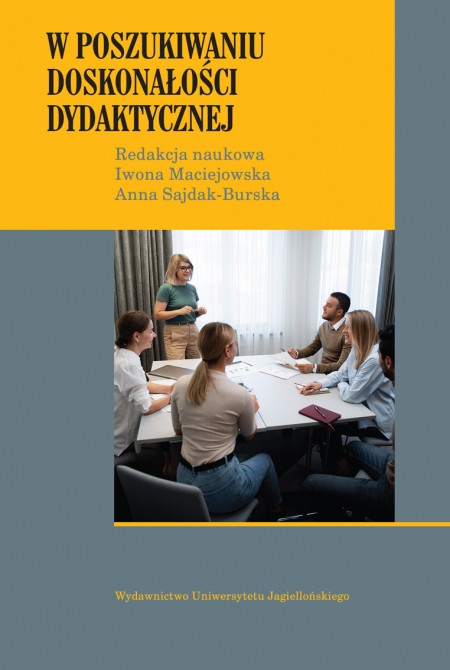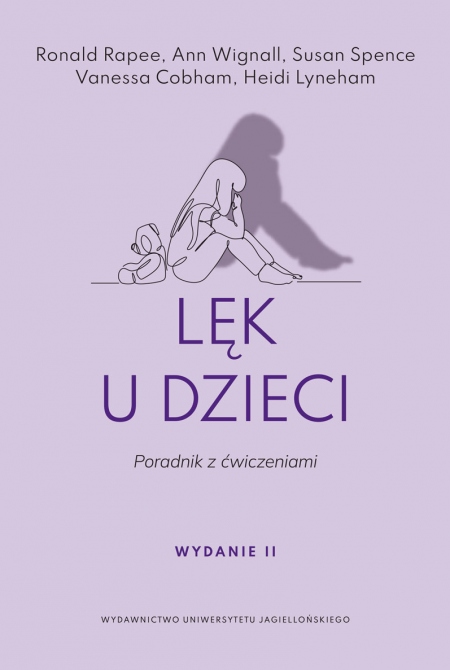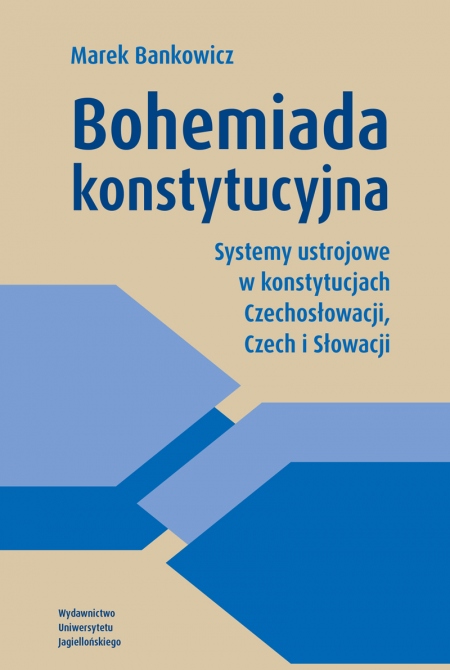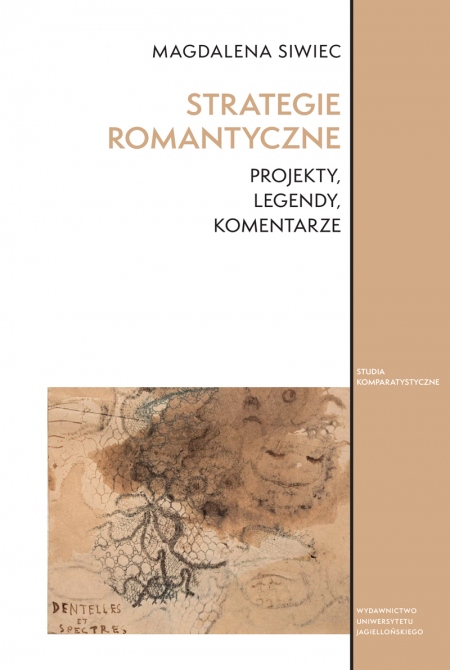
Strategie romantyczne
Projekty, legendy, komentarze
Series: Studia Komparatystyczne
Book format: 15,5x23,5 cm
Publication date: 2025
Book description
The book examines strategies primarily employed by the creators of European Romanticism, and subsequently by its scholars. The sections are centered around projects, ideals, and visions that are often unattainable, yet serve as reference points for the consolidation of communities. The first part of the book specifically addresses these projects—Romanticism, at the threshold of the era, manifests in aesthetic statements (from Wordsworth, Hugo, and Mickiewicz) as a project oriented towards an unachieved (achievable?) goal. Similarly, the representations and literary portrayals within Romantic literature of the ideal Book or perfect time possess an asymptotic nature. The second part focuses on imagined communities, established by writers seeking a multifaceted dialogue with their predecessors (Norwid-Słowacki), within an idealized sibling relationship (as seen in Żmichowska's novels), and constructed around legends that integrate the national community, viewed from both native and foreign perspectives (such as the legend of Wanda in Polish and French Romanticism). The third part addresses literary criticism—both historical (from 1764 to 1918), which forges kinship relationships among various literatures (particularly French), and contemporary criticism, which constructs its own interpretation of Romanticism. The book emphasizes not the objectives and endpoints but rather the strategies, positing that in Romanticism, the pursuit itself becomes more significant than the attainment of the goals.
Language
Polish
Title in English
Romantic Strategies: Projects, Legends, Comments
Edition
first
Authors
Magdalena Siwiec

ISBN: 978-83-233-5484-0
e-ISBN (pdf): 978-83-233-7658-3
Country of producer: Poland
RECOMMENDED BOOKS
NEW BOOKS

Choose chapters to buy:
Order value:
0.00 zł
